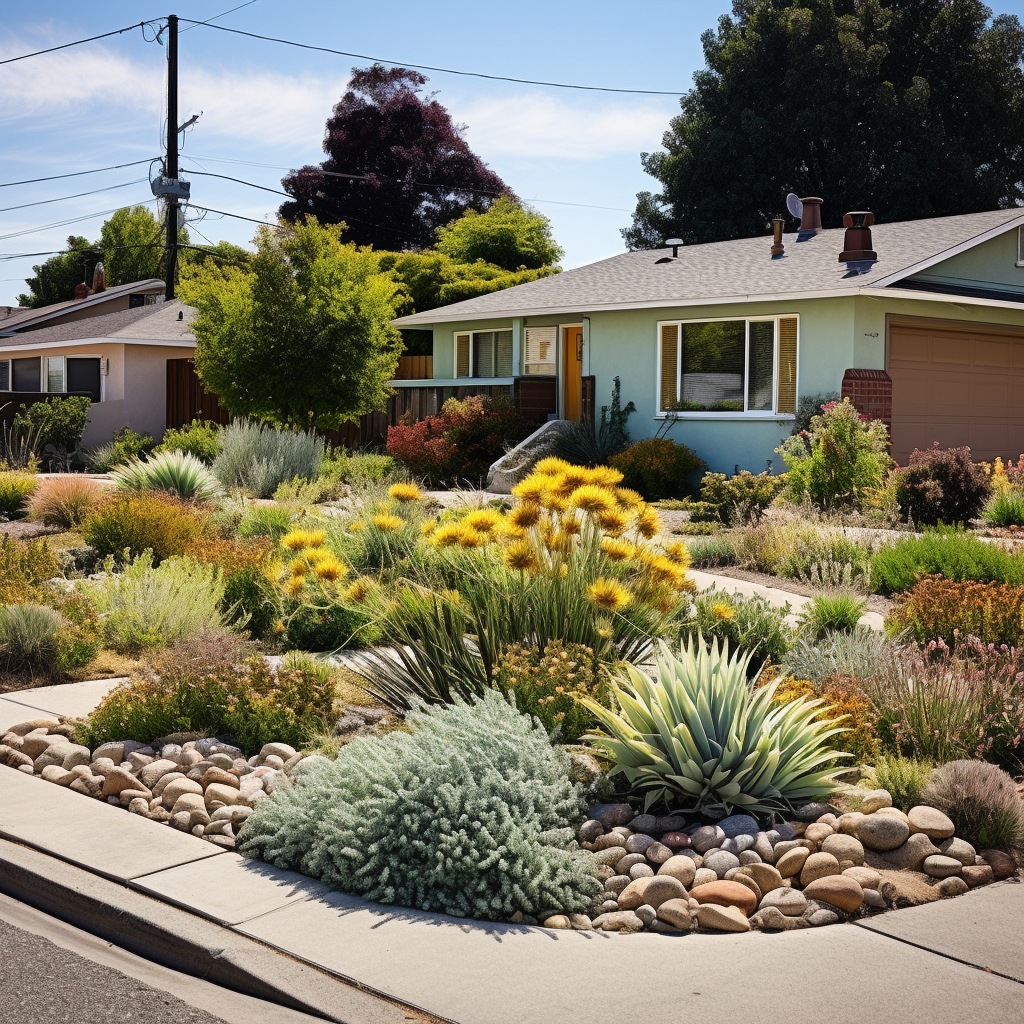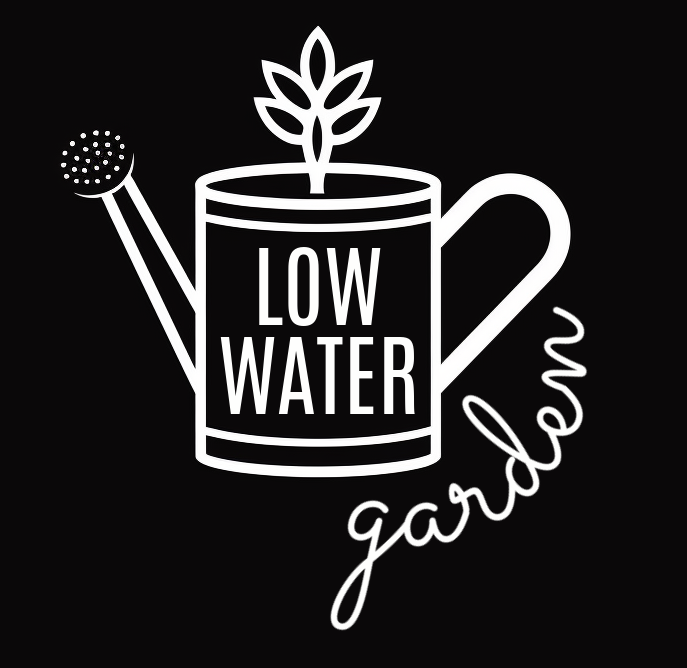When a city or state government imposes water restrictions due to a drought, you may be thinking about converting your yard. It may seem daunting at first but it doesn’t have to be. We’ll dive into some essential tips and strategies to revive and maintain a garden effectively during water restrictions and drought conditions. With the right knowledge and preparation, you can create a drought-resistant and water-wise garden that not only survives but also thrives in dry conditions.
Understanding Water Restrictions and Local Regulations During Drought
The effects of drought can be devastating for gardens and landscapes, leading to wilting and ultimately the death of your beloved plants. Water is essential for sustaining yards, and with climate change, extreme weather, and population growth, water scarcity has become an increasingly pressing issue. Water restrictions are put in place to conserve our resources and protect our environment, and it is important to understand these regulations and adapt accordingly.
When drought hits, the first step is to become familiar with the water restrictions and regulations in your area. Research local and state regulations to understand the water restrictions and guidelines, as well as any exemptions or special provisions for gardens and landscaping. These can usually be found on your city’s website, often on the Public Utilities page. These restrictions likely mandate certain days/times that you can water and list prohibitions (such as excess runoff). Understanding these restrictions will help you avoid penalties and fines, and make sure you are using water in a responsible and sustainable way.
Assessing Your Garden’s Current Condition
Once you understand the water restrictions, the next step is to evaluate the condition of your garden. Determine the level of drought stress your plants are experiencing, and identify signs of water deficiency and stress in different plant types. This will help you prioritize water usage for essential plants and sensitive areas. Make a list of the plants that you want to prioritize and areas of your yard where you’d like to do a little overhaul.
If some of your plants have been affected by drought, it may be possible to revive them with proper care and attention. Start by assessing the plant health and potential for recovery, and prune away any dead or severely damaged plant parts. Then, provide extra care and nourishment to bring your plants back to life, with a focus on dedicated watering and adding shade if need be.
Water-Wise Gardening Techniques
To effectively manage water in the garden, there are several water-wise gardening techniques to consider. Drip irrigation and soaker hoses can be used for targeted watering, while mulch can help retain moisture and suppress weed growth. Utilizing rainwater harvesting systems can also supplement your irrigation, and help reduce your water usage. Additionally, it is important to create a proper watering schedule and timing to optimize water absorption. Today there are many options for smart watering meters (like these from Orbit) that will utilize local weather conditions in order to optimize your watering schedule; some of these may even be offered at a discount by your local water utility/provider (be sure to check out any available rebates/incentives before buying outright — more on this below).
Incentives for Converting Grass Lawns
One of the most effective ways individuals can conserve water is by transforming traditional grass lawns into drought-tolerant landscapes. Converting traditional grass lawns into vibrant, water-wise landscapes not only conserves precious resources but also beautifies neighborhoods and supports local ecosystems. To incentivize and support this transition, forward-thinking cities are offering a range of attractive incentives to homeowners and businesses.

One of the most popular incentives that cities may provide is financial rebates or grants. These monetary rewards serve as a significant motivator for property owners to take the leap and convert their thirsty lawns into water-wise gardens or xeriscapes. Xeriscaping is a gardening practice that uses drought-resistant plants and water-efficient techniques for landscaping. This can include reimagining your garden layout for better water distribution, grouping plants based on water needs and microclimates, and introducing water-friendly features such as rock mulch, rock gardens, and rain gardens.
By offering rebates on the purchase of drought-tolerant plants, mulch, and hardscaping materials, cities make the transition more accessible and cost-effective. Additionally, some cities may provide reimbursement for installing water-saving irrigation systems, such as drip irrigation or rainwater harvesting systems, which further encourage sustainable water usage.
Tax incentives are another powerful tool used by cities to promote drought-tolerant landscaping. Property owners who make the switch to water-wise gardens may be eligible for property tax reductions or credits, providing long-term financial benefits and encouraging sustainable land management. These incentives not only benefit individual homeowners but also contribute to a more sustainable and resilient cityscape, reducing overall water demand and strain on municipal water resources.
In addition to financial incentives, cities may offer personalized landscaping consultations and educational resources. Professional landscapers or horticulturists may provide guidance on selecting the right drought-tolerant plants, designing water-efficient landscapes, and maintaining the new garden effectively. Workshops, webinars, and informative materials may also be provided to educate residents on the benefits of drought-tolerant landscaping and sustainable water practices.
Choosing Drought-Tolerant and Native Plants
If your thirsty plants are starting to die and you’re looking for a refresh, adding drought-resistant and native plants to your garden can be a great way to reduce your water usage during water restrictions. Native plants are well adapted to your local environment and climate, and require less water and maintenance. When selecting plants for your garden, make sure they are suitable for your region, and that you create a diverse and resilient plant palette.
Check out 10 Easy Drought-Tolerant Plants That Will Thrive in Your Zone 9B Garden
Wrapping Up
Drought can be a challenging and difficult time for gardeners, but with the right knowledge and preparation, it is possible to revive and maintain your garden even during water restrictions and drought conditions. Understanding and adhering to water regulations, assessing your garden’s condition, implementing water-wise gardening techniques, and choosing drought-tolerant and native plants are essential steps for creating a drought-resistant and water-wise garden. Additionally, complying with water restrictions, educating others, and participating in water conservation initiatives will help ensure long-term sustainability and success.
Have an idea for content? Get in touch, we’d love to chat.

